Key performance indicators or KPIs are regarded as the metrics that a business uses to track its orders. Businesses rely on KPIs to track business performance and overall relative effectiveness of the marketing efforts. A key factor regarding KPIs is that one can configure them to suit the needs of the brand. Analyzing KPI indicators helps to determine which strategies are working and which need attention. Firms set different KPIs to track business performance and growth.
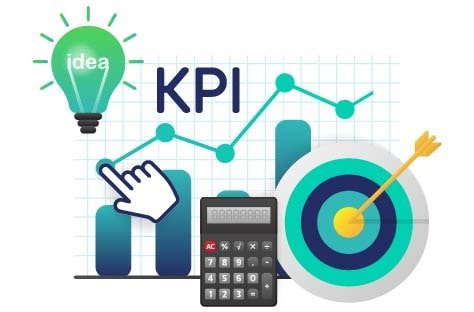
Key performance indicators may be defined as integral quantifiable indicators of progress toward an intended result. Additionally, KPIs offer a focus on operational and strategic enhancement. They design an analytical basis for decision-making and focus on what really matters.
Managing with the help of KPIs involves establishing targets and tracking the progress against those targets.
KPIs to Track Business Performance and Growth
Key performance indicators work towards improving performance through leading indicators which will later provide desired impacts indicated with lagging measures. Effective KPIs to track performance include:
Total Sales

It is very important to track the total sales of a business on a monthly basis. It offers complete insight into how well it is performing. The company can monitor sales to find out which product or service is experiencing demand and then drive its productivity.
In terms of sales revenue, KPIs can be set on the basis of:
- Number of total sales
- % Increase in monthly sales
- % Increase in sales to new buyers monthly
Cash flow forecast
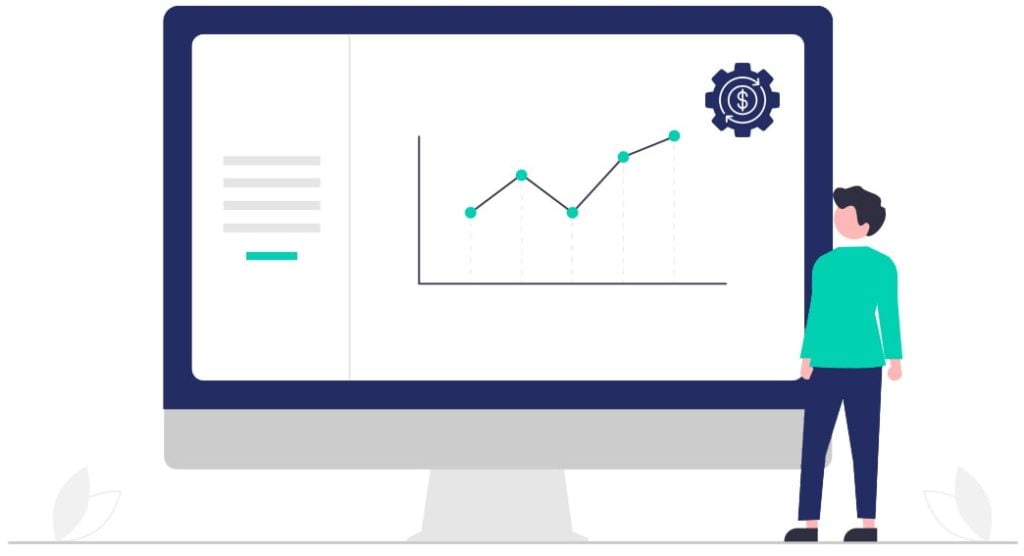
Cash flow projections or cash flow forecasts help businesses assess if the sales and profit margins are appropriate. To monitor the cash flow forecast, the business should estimate its sales to predict the expected cash flow every month. From here, the company must calculate day sales outstanding i.e. average no. of days it may take to gain payment from customers.
Funnel Drop-off Rate
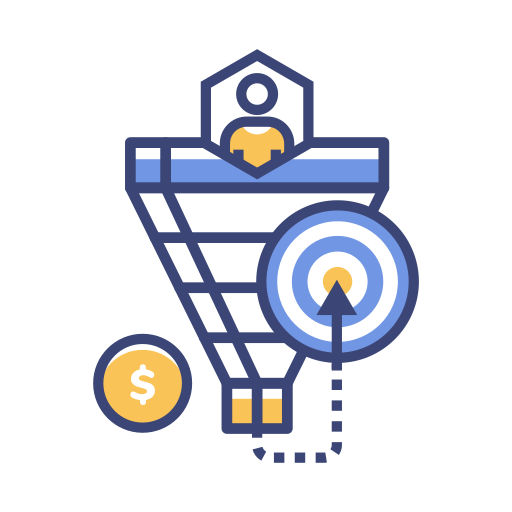
The funnel drop-off rate studies the number of visitors who abandon a conversion process or sales funnel before it is completed. By studying when potential buyers abandon the conversion process, businesses can identify issues and take necessary actions to complete the sales process.
Businesses increasingly depend on the internet to boost sales. With face-to-face selling declining, tracking the funnel drop-off rate has become a crucial KPI for businesses.
Cost per Lead or CPL

Cost per lead allows the business to analyze the cost-effectiveness of marketing campaigns used to generate new sales leads. This KPI is effective in analyzing the effectiveness of online advertising.
A successful CPL will be low for businesses that have a large overall number of viable leads.
Marketing ROI

Return on investment or ROI, allows the business to measure how much revenue is generated through a particular marketing campaign. ROI is compared to the total cost of running a campaign. It is an important KPI to track business performance.
Inventory

Each business has an inventory where one can keep a check of all the products that have been sold and purchased. Tracking gross inventory will tell the business how the product witnessed the highest sales and which did not get sold at all.
Inventory KPI can be tracked through:
- Liquidity radio
- Stock-to-sales ration
- Highest demand product
Online Traffic

The dependence on online platforms to buy and sell products has risen substantially. Hence, a strong social media presence is necessary in order to promote the product and service. By reviewing online traffic, the business can know how many people visited the company’s website and how many times they engaged with the social media posts.
Online traffic analysis measures the popularity of the brand among viewers and what strategies must be used to increase the audience rate.
Employee Turnover Rate (ETR)

The employee turnover rate measures the total number of employees who exit the company during a particular period of time, typically a year. While a business mainly measures the total number of employees who leave a company, turnover can also apply to subcategories within an organization such as a particular department.
Opportunity-to-Win Ration
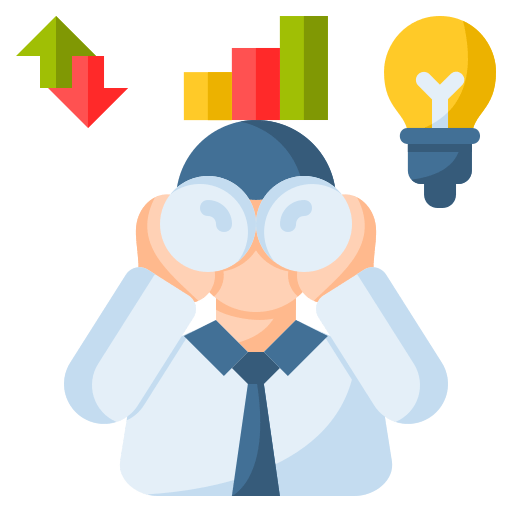
Through this ratio, the company can determine the rate of success in converting a qualified lead to closed sales. Through this information, the business can push its sales team. This key data can be used to train the sales and marketing department. It can be done in most specific areas both at an individual and collective level.
Net Promoter Score (NPS)

A net promoter score is a measure of using survey questions to gauge customer satisfaction with a product. NPS analyses buyer experience and predicts the growth of a business. These proven metrics transform the working of a company and extend core measurement for client experience management globally.
Revenue Growth Rate
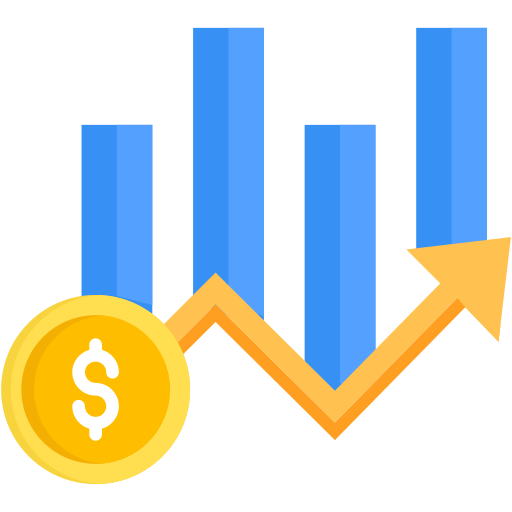
Every company sets its own goals. It measures its revenue growth rate, informing the rate at which the business is expanding. The company can calculate its income, profit, gross margins, and sales, and study if its performance is rising or declining.
Employee Satisfaction

This is one of the most important KPIs to track performance of a business. Happy and motivated employees are known to drive the productivity of the company and also willingly contribute to its growth. Thus, it is extremely necessary for the business to take employee feedback from time to time. And offer them a number of perks to keep them motivated.
Amount of Customer Complaints
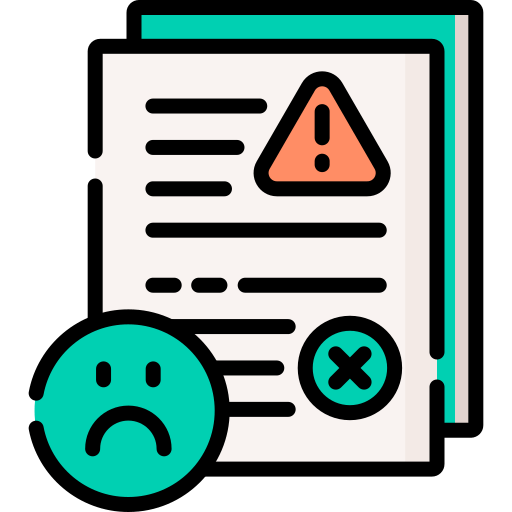
The number of customer complaints is an important KPI. It identifies issues that people may be facing, and understands the changes needed to drive the total sales. By resolving consumer complaints and building good relationships, the company can grow multiple fold over time.
EBITDA
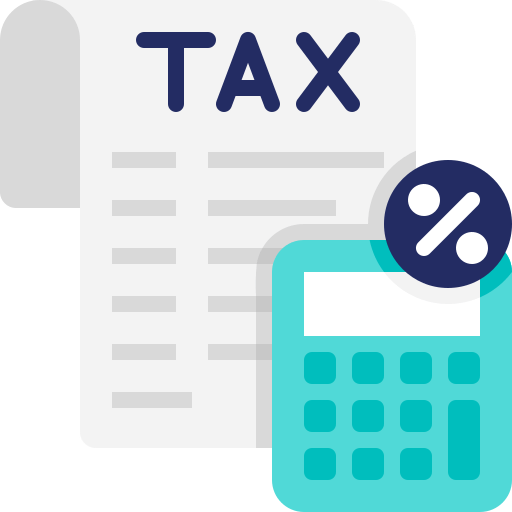
Earnings before interest, taxes depreciation, and amortization is a business analytic measure. It studies a company’s fiscal health and ability to generate cash flow. When businesses apply EBITDA they uncover a business’s value and analyse their overall performance.
Customer Churn Rate

This measure indicates the % of consumers who either fail to make a repeat purchase or discontinue the service during a particular time period. Customer churn rate analyses the rate at which buyers stop doing business with the company. Customer churn rate is the percentage of people who stop using a company’s services during a specific period.
Conclusion
Most successful businesses use KPIs to help them evaluate where their business stands today and what is its future. It is important for companies to depend on certain KPIs and then evaluate their progress and establish new goals. Apart from the above, there are a number of other KPIs that the company can use to enhance its workings.
Ready to launch and scale your business in 2024? Discover all the essential information in one convenient place—explore our website now!




